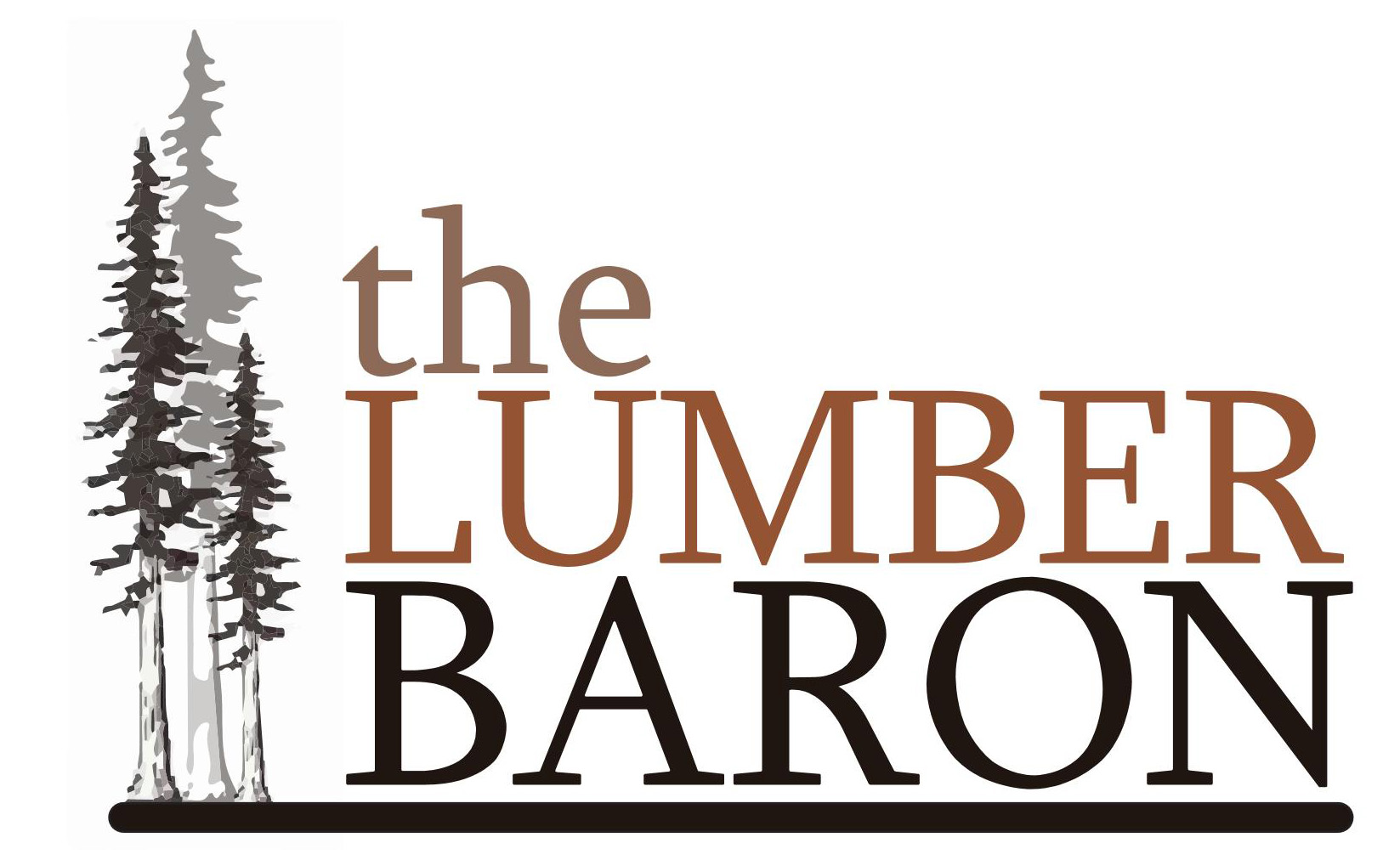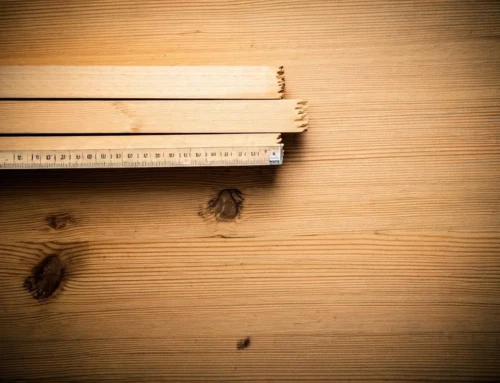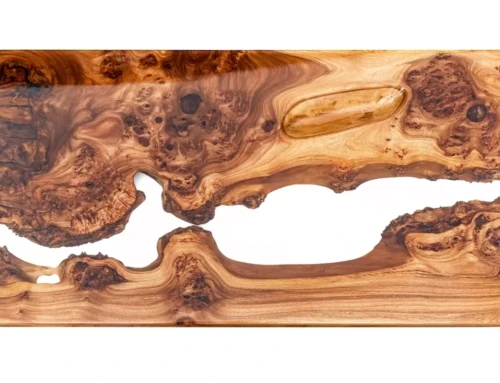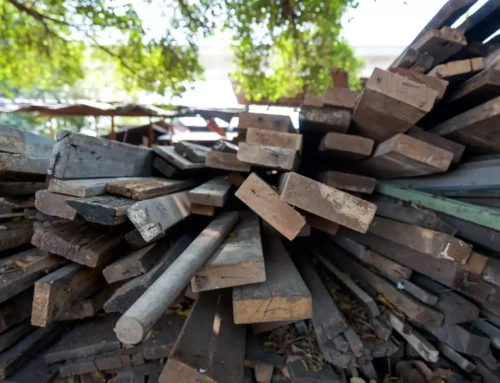Imagine transforming your backyard into a serene haven with the natural beauty of a redwood fence; durable, visually appealing, and resistant to the elements. In this guide, we’ll walk you through the steps to create a long lasting redwood fence that not only enhances your property but stands the test of time using some techniques that are often over looked by the industry.
Choosing the Right Redwood for Your Help
For a fence that lasts, selecting the right type of redwood is crucial. Not all redwood is created equal; variations in grade and durability play a significant role. All heart redwood stands out for its exceptional resistance to decay and pests, making it an ideal choice for fence-building. Ensure you’re choosing a grade that suits your aesthetic and longevity requirements.
Besides the type, consider the source of your redwood. Sustainable sourcing is not just good for the environment; it often means better quality lumber.
The Lumber Baron has you covered in all facets. We stock 5 different grades of sustainable, all heart redwood at prices you won’t find anywhere else.
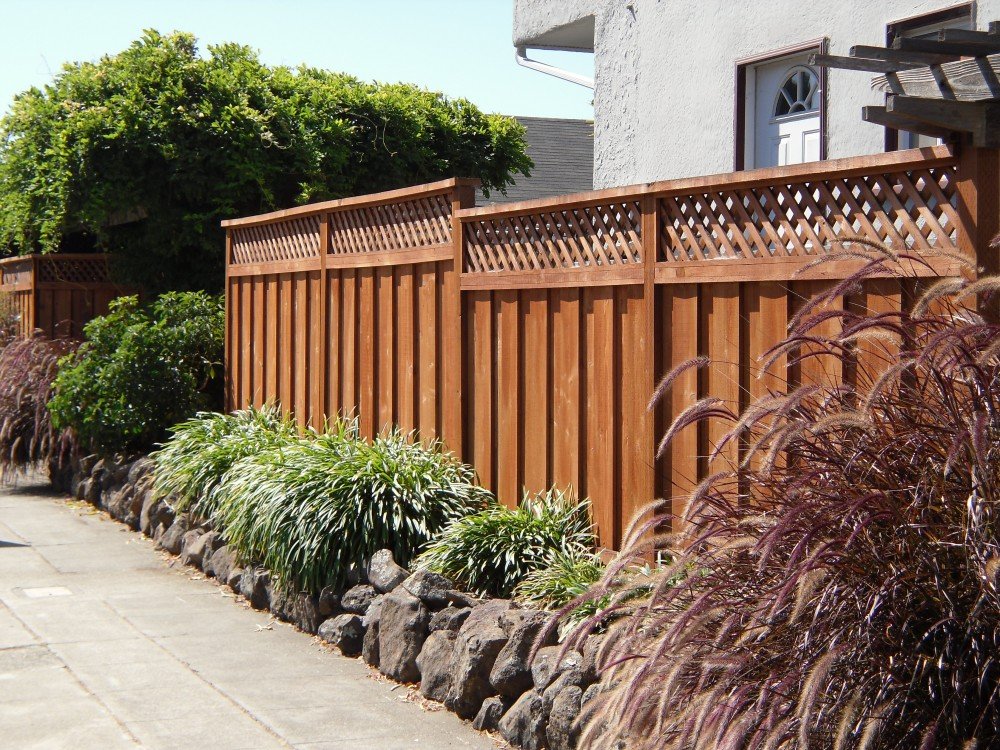
Tools and Materials Needed to Build a Redwood Fence
With the right tools and materials, the construction of your redwood fence can be a smooth and efficient process. Start with quality redwood planks and posts. In a highly visible or “curb appeal” section of fence, you might want to spring for higher grade redwood boards. The Lumber Baron’s top grades have little to no knot content which give a much cleaner, modern appearance. In lesser scene areas or if you don’t mind knots, construction heart redwood is totally fine.
The next step is a crucial one, often skipped by the fence building industry. For longevity, incorporate hot dipped galvanized Simpson post bases. The material in the majority of old fences is totally fine. Where they fail are at the bottom of the posts. Buried in the ground or in concrete, the posts aren’t allowed to quickly dry out after a rain storm or plants get watered. Being in this continued wet state is what leads to the materials failure. Simpson hot dipped galvanized metal post bases combat this problem. You bolt your redwood fence posts into these bases and set the bases in the concrete. The posts then sit above the concrete and dirt and will last much longer then your typical subterranean fence post would. are for secure installation, ensuring your fence stands strong against wind and weather. Stainless fasteners are a must; they resist rust and decay, keeping your fence looking great.
The list of tools you’ll need includes a post-hole digger, hammer, saw, level, and drill. Don’t forget safety equipment like gloves and goggles. Preparation is key to a successful build, so gather your tools and materials ahead of time.
Step-by-Step Guide to Building Your Redwood Fence
Building a sturdy redwood fence requires careful planning and execution. Begin by marking the boundary and planning post locations, ensuring legal compliance and neighborly courtesy. Dig post holes to the recommended depth, typically 2 feet, and set the posts using Simpson post bases for stability.
Once the posts are in place, it’s time to attach the horizontal rails. These rails are the support structure for your fence planks. Use stainless steel fasteners for a long-lasting build. Finally, carefully place your redwood planks, leaving slight gaps between them to accommodate wood expansion.
Maintaining Your Redwood Fence for Longevity
One of the advantages of a redwood fence is its natural resistance to decay, but regular maintenance can extend its lifespan even further. Inspect your fence annually for signs of wear or damage. Clean it with a mild soap solution and a soft brush to remove dirt and grime.
To preserve the natural color of redwood, apply a clear sealer every few years. This will protect against moisture and UV damage. For fences already turning gray, a wood brightener before sealing can restore much of the original color and vibrancy.
Avoid using pressure-treated lumber in direct contact with your redwood; the chemicals can react and compromise the integrity of your fence. Instead, choose materials like stainless steel for hardware and Simpson post bases that are designed to work with redwood.
Building a redwood fence is more than just an addition to your yard; it’s an investment in the longevity and beauty of your outdoor space. By choosing the right materials and performing regular maintenance, your redwood fence will serve as a stunning and sturdy boundary for years to come.
